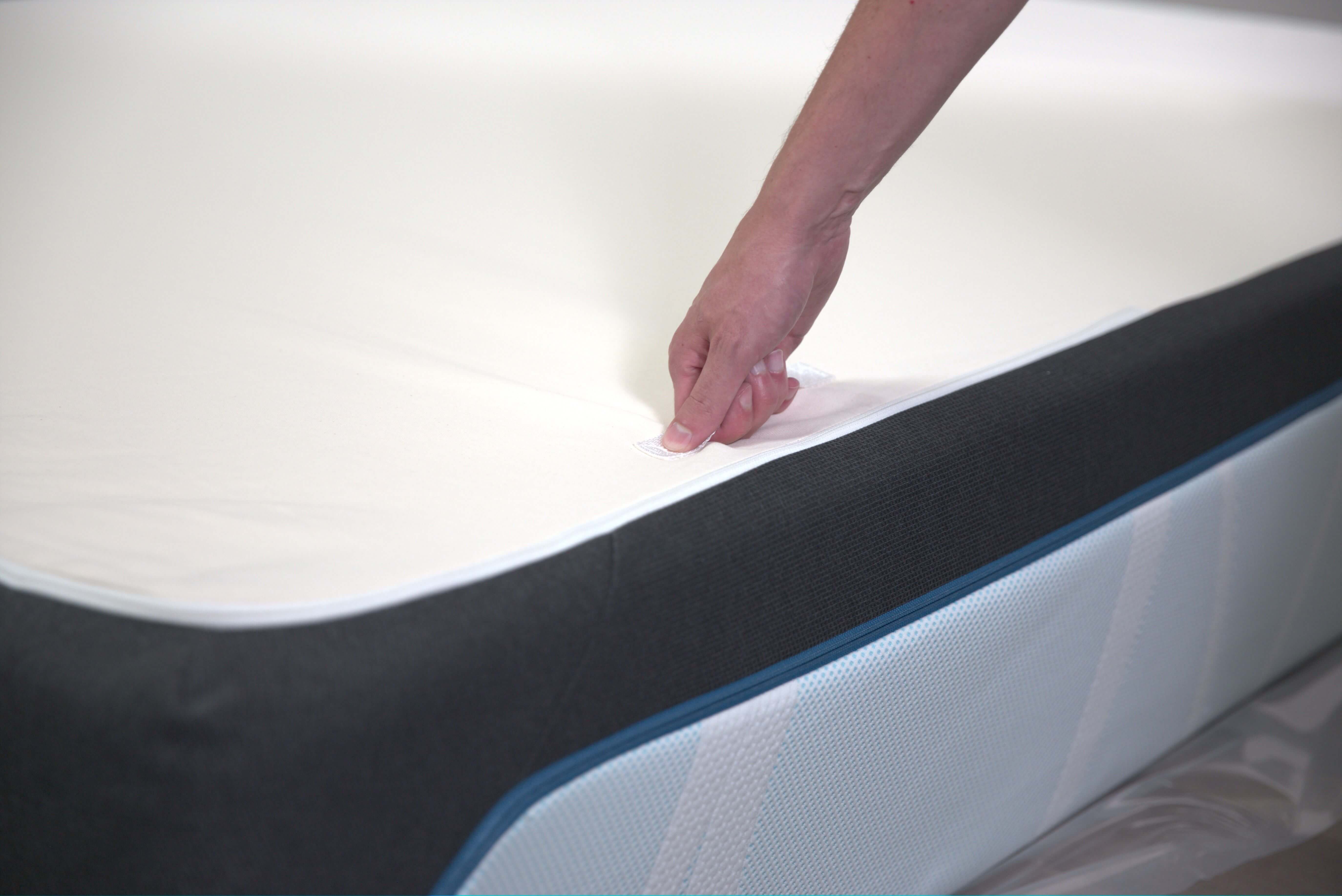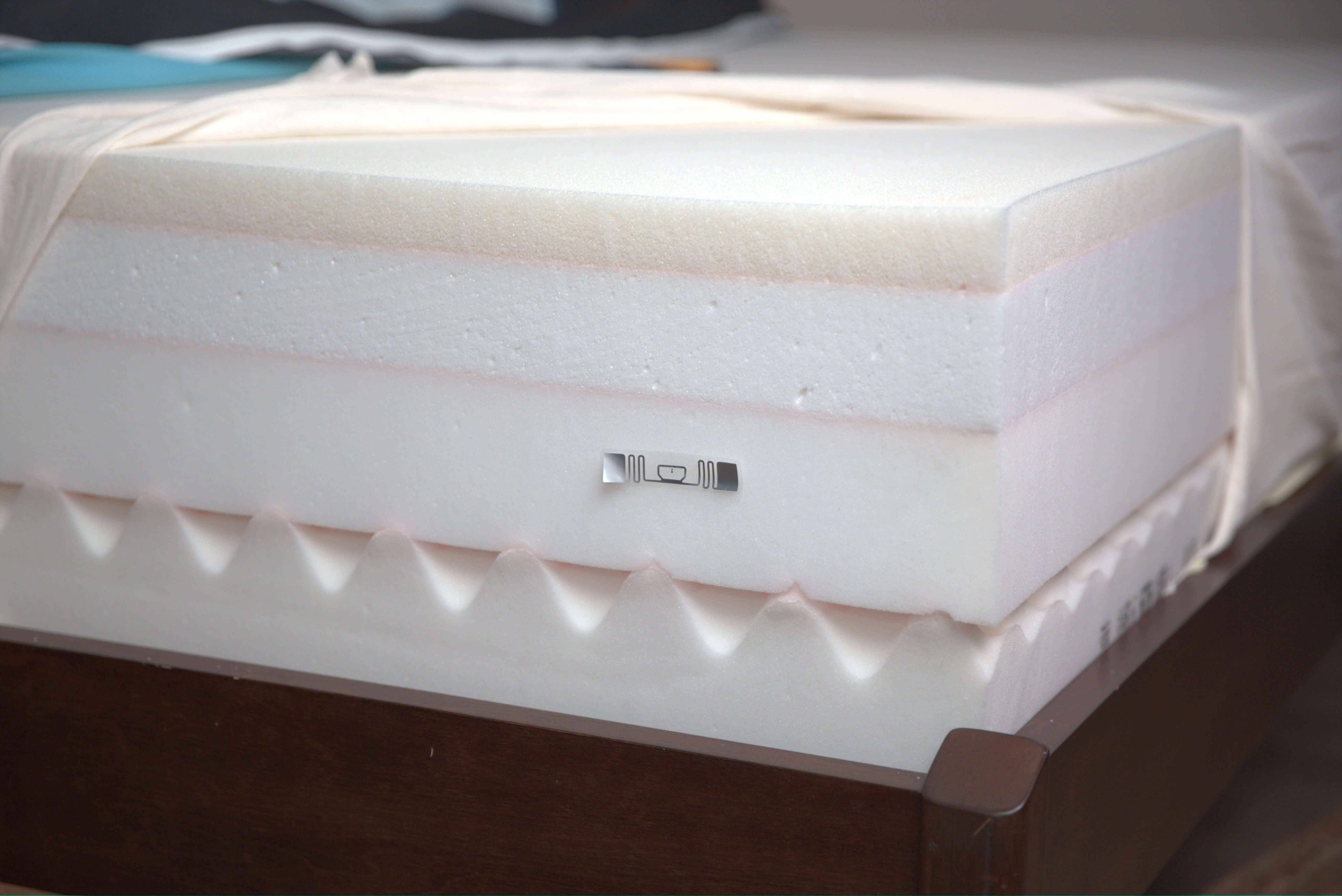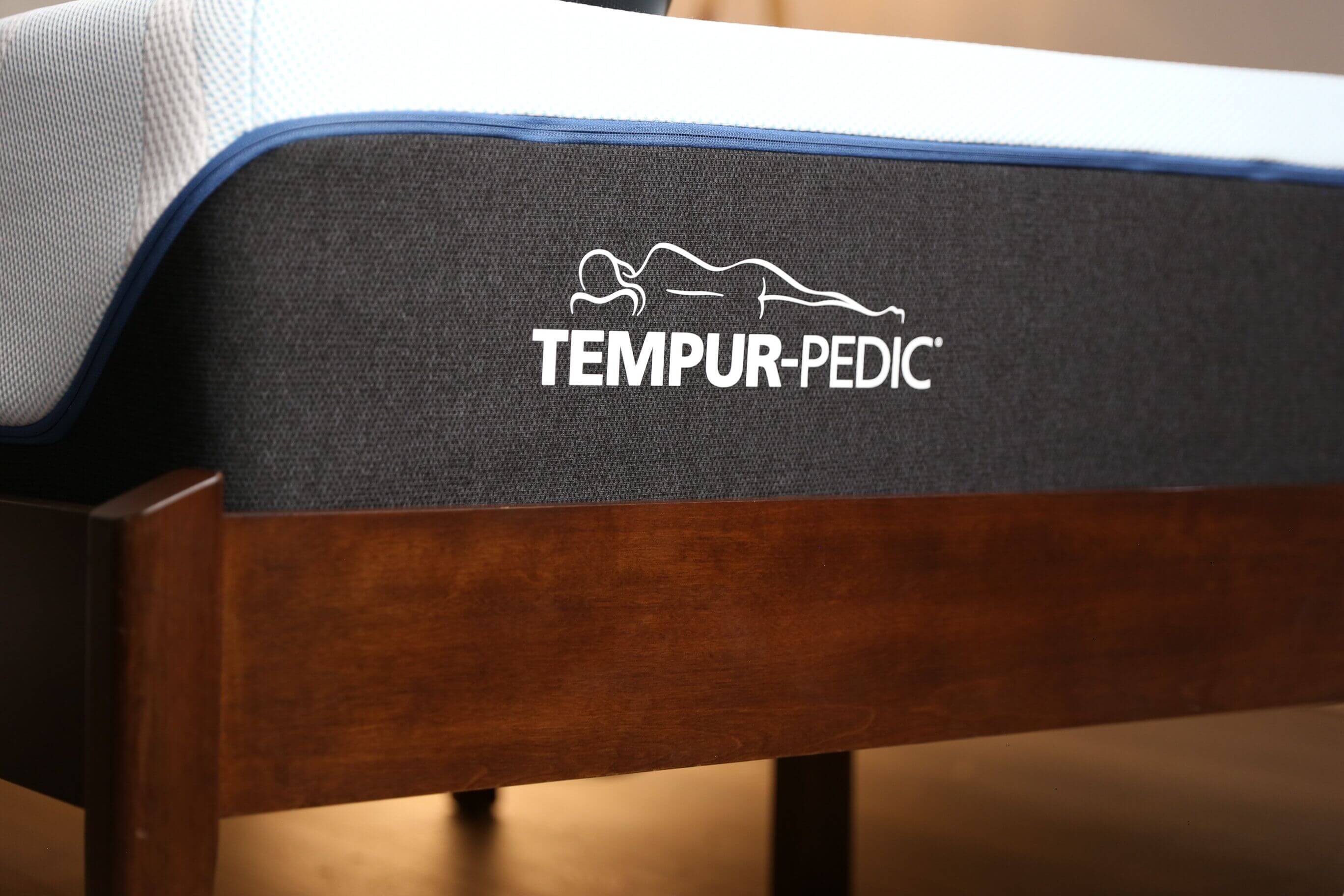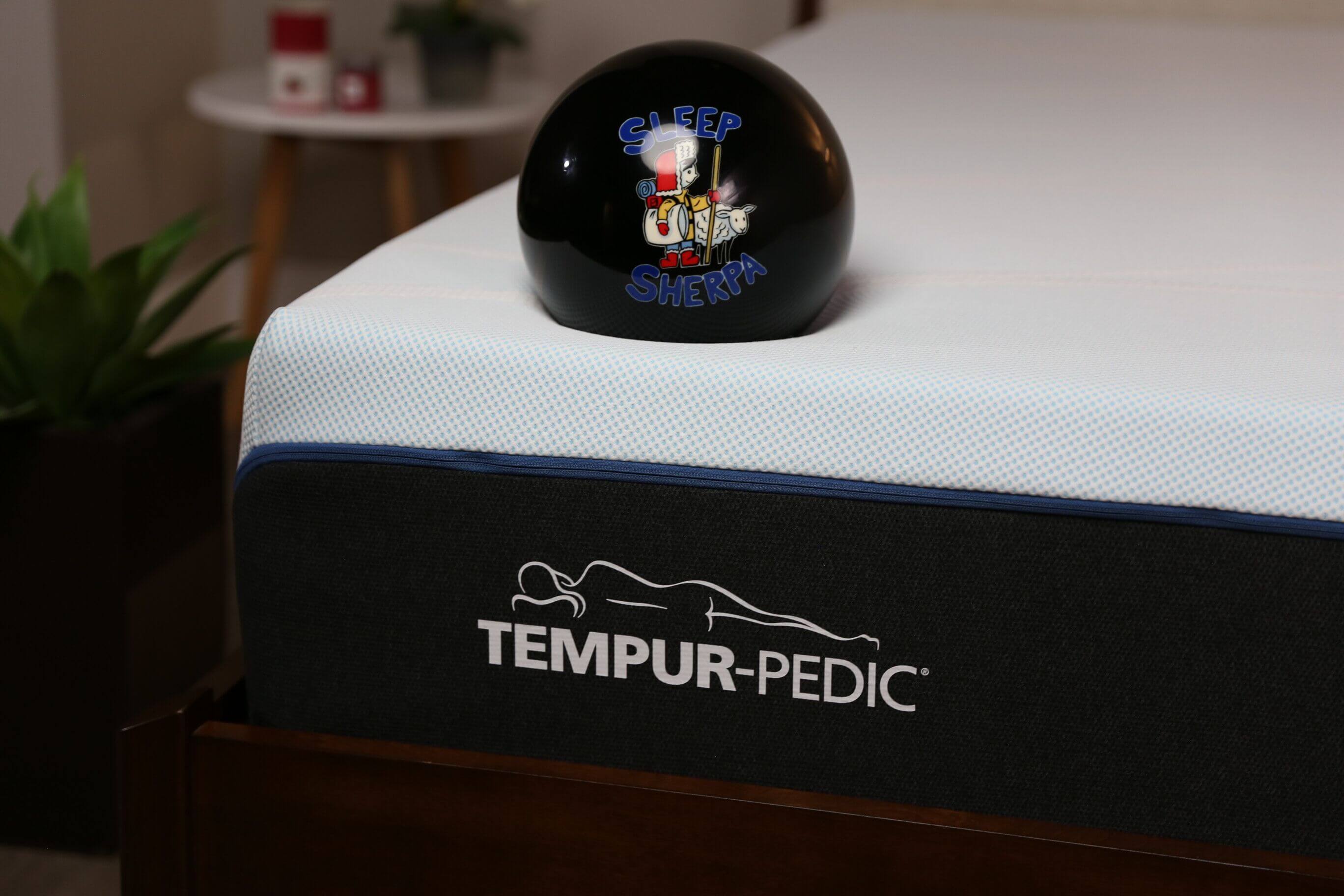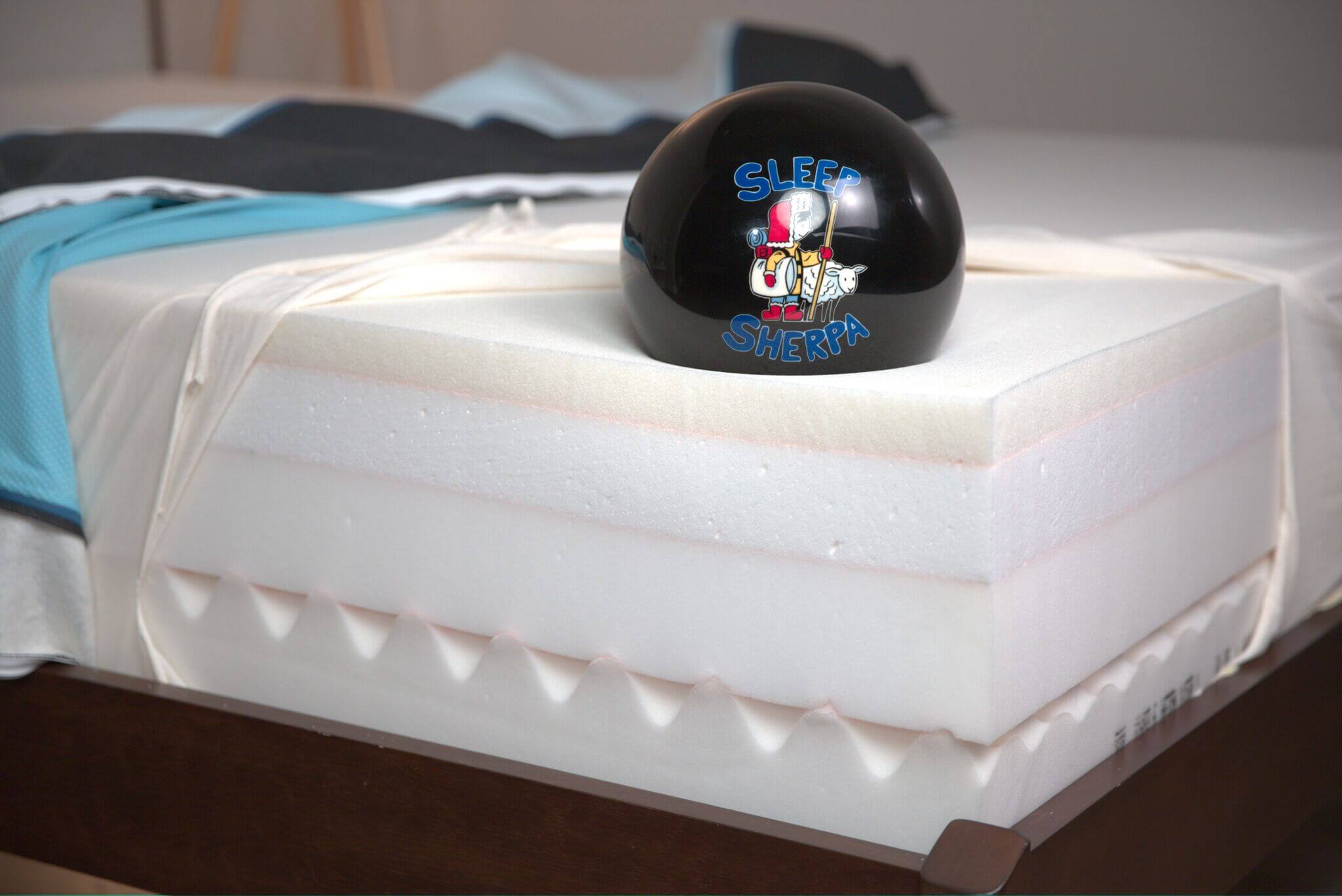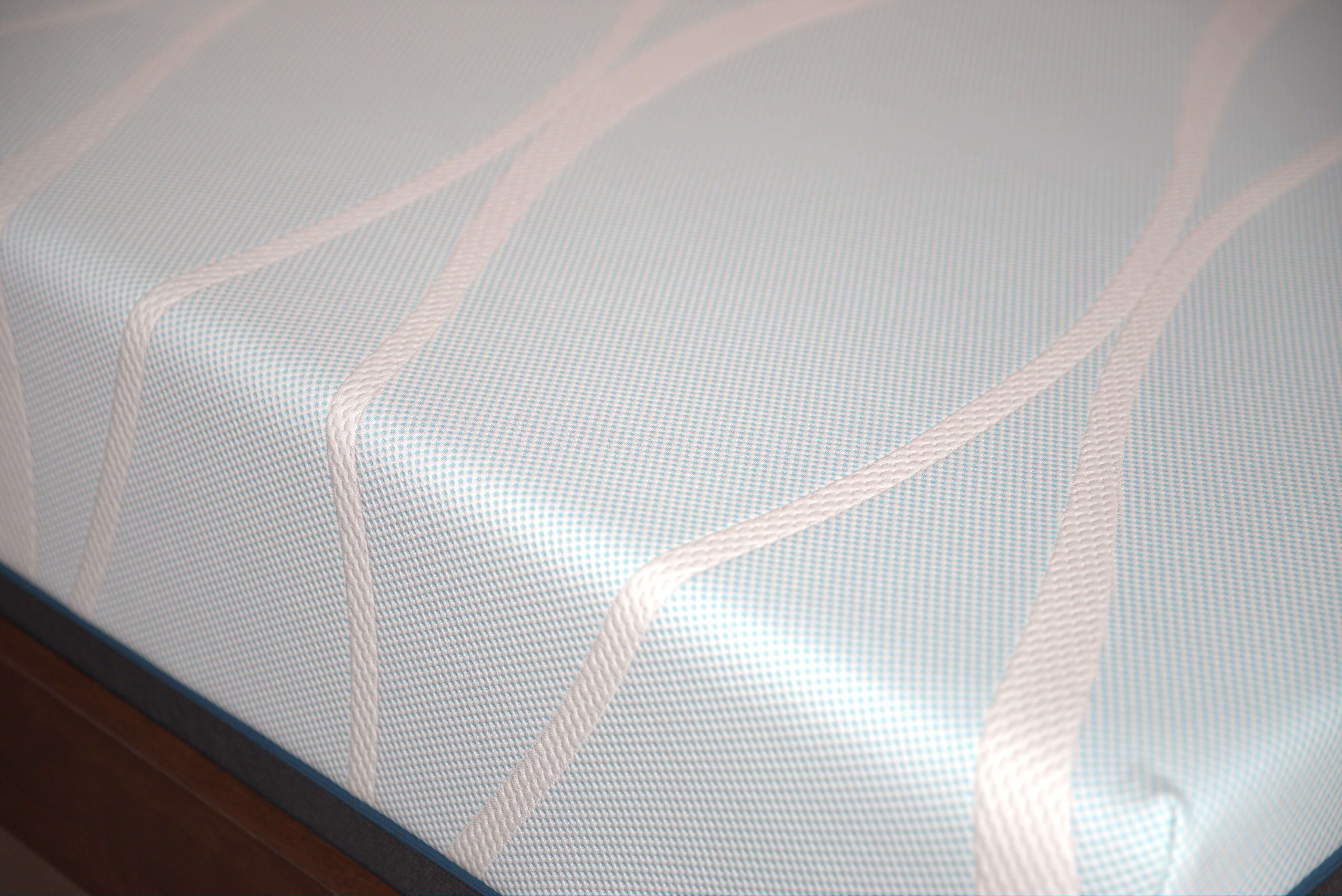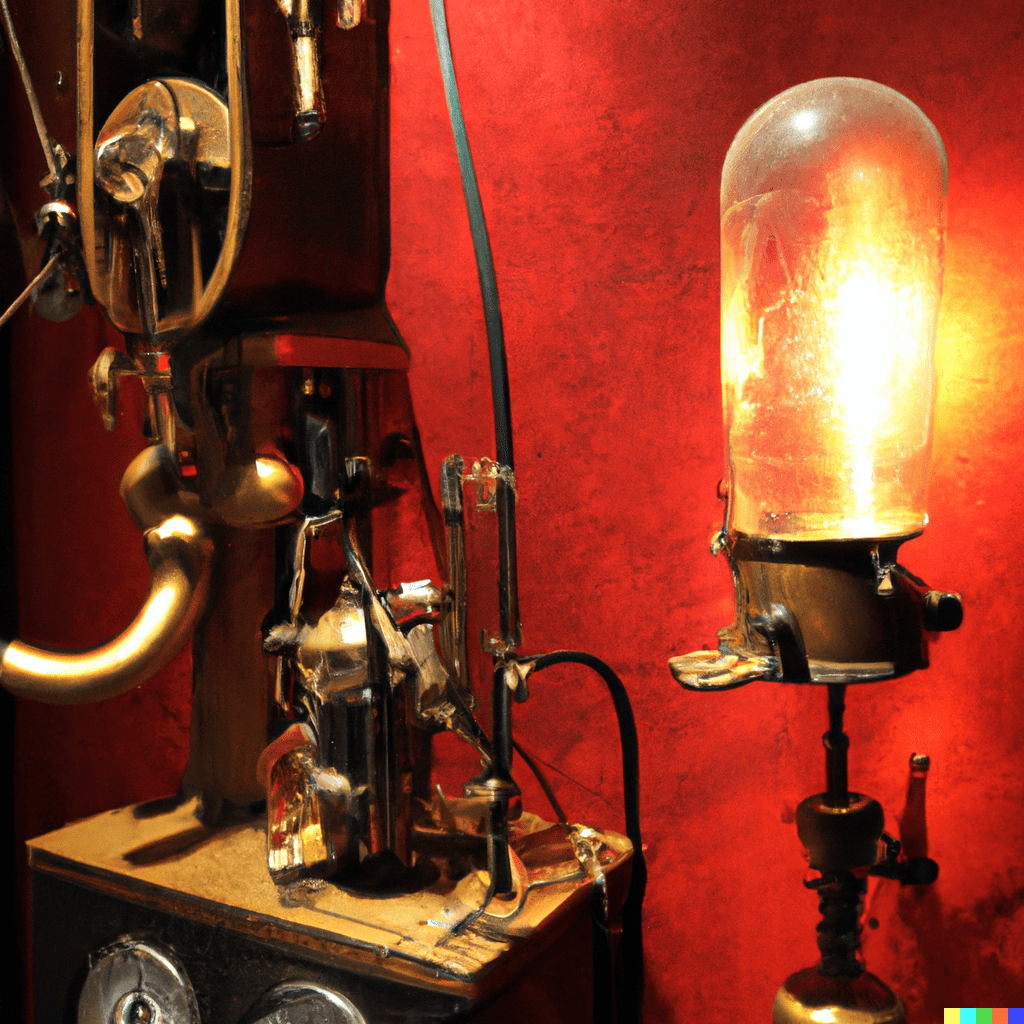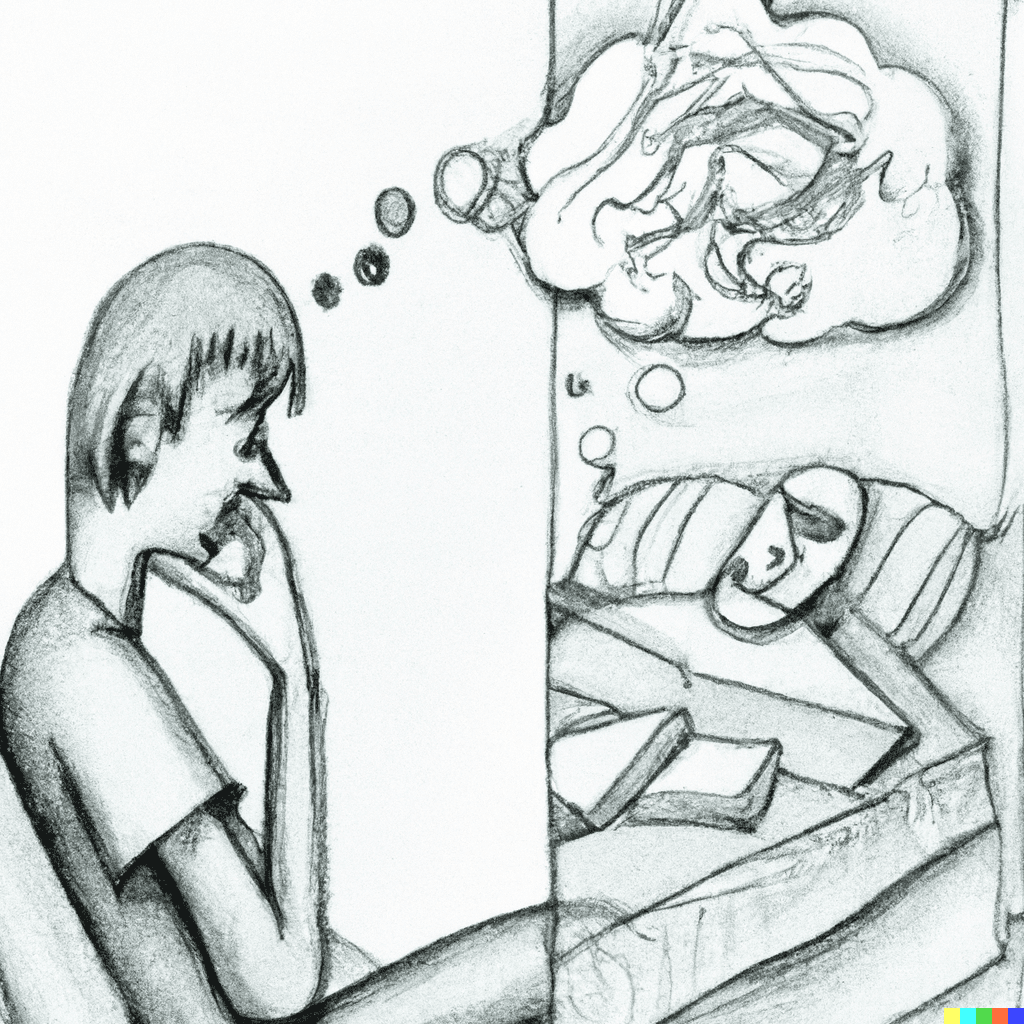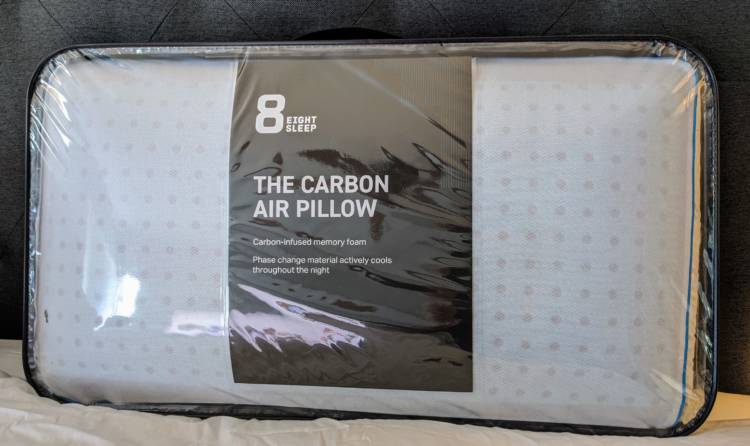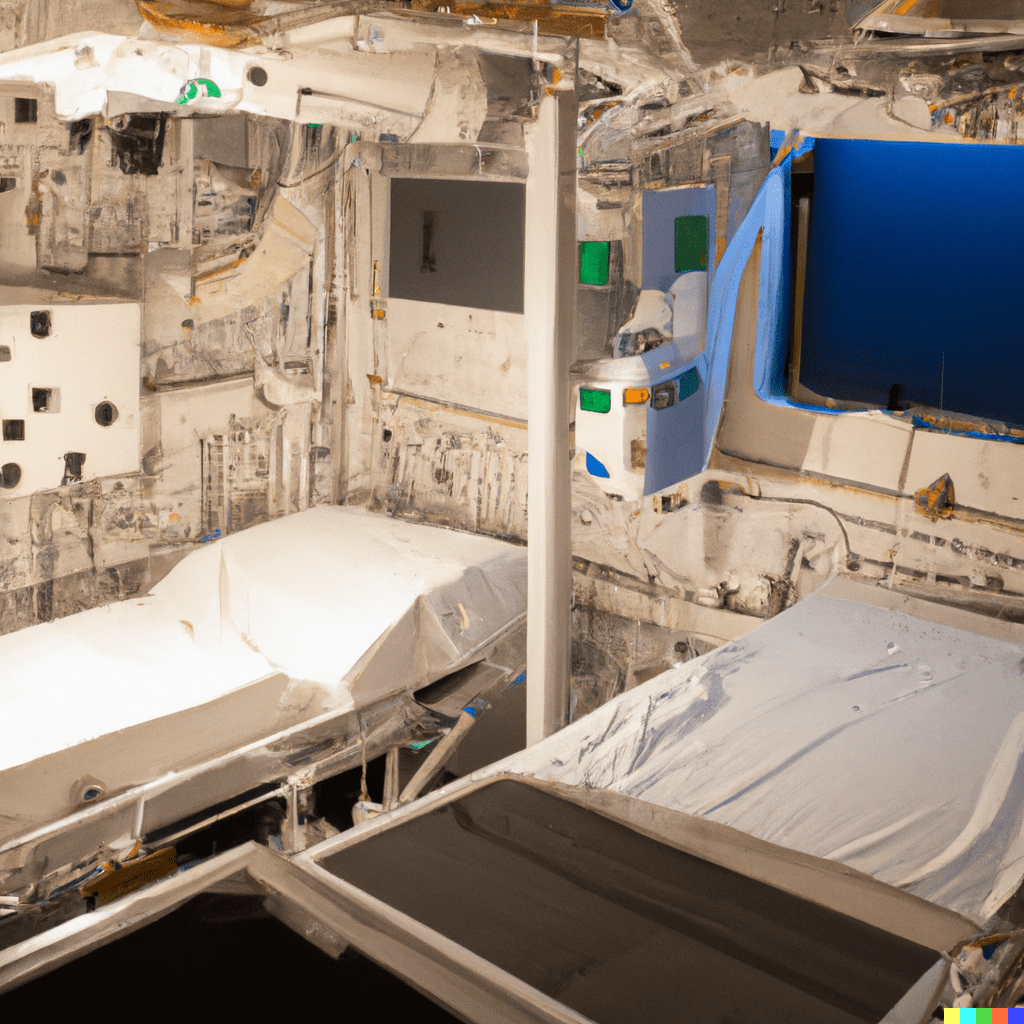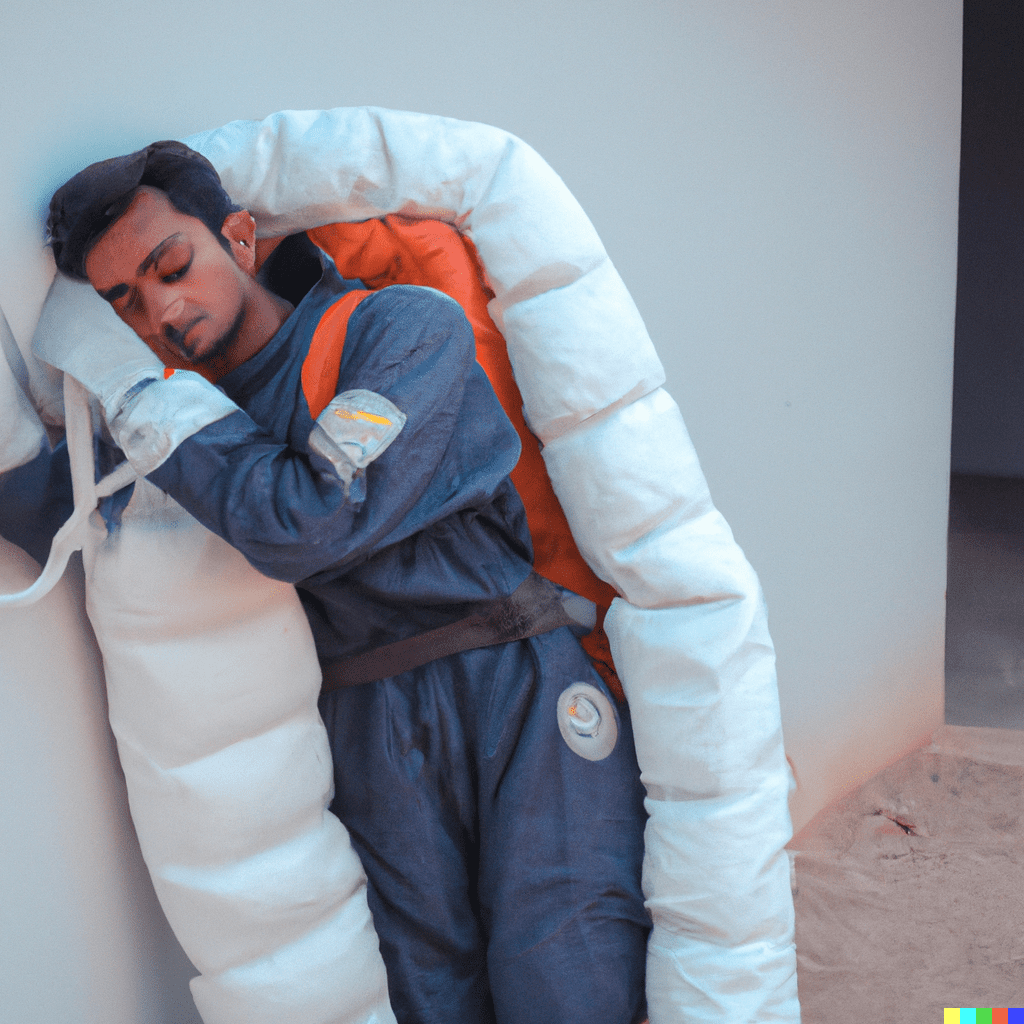The Nolah Nurture Mattress is designed with sustainability in mind, using a combination of eco-friendly materials that align with the company’s green initiatives. The mattress features a blend of organic and natural components, including organic cotton, natural latex, and bio-based foams. These materials not only ensure a healthier sleep environment but also contribute to reducing the mattress’s carbon footprint. Moreover, the Nolah Nurture Mattress has earned various certifications, such as GOLS (Global Organic Latex Standard) and GOTS (Global Organic Textile Standard), which attest to its commitment to ethical and sustainable practices.
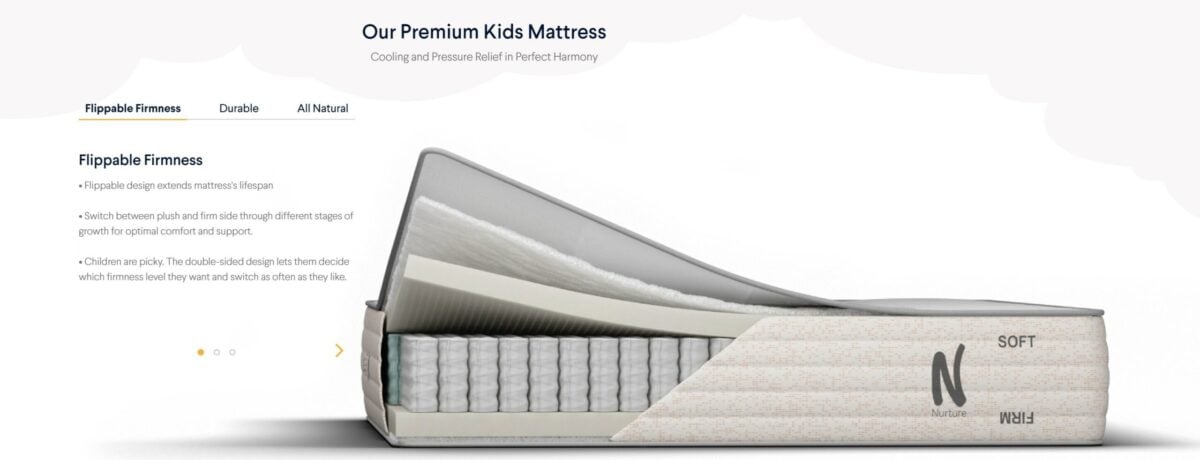
Construction and Layers
The Nolah Nurture Mattress boasts a multi-layered construction designed to provide optimal support, pressure relief, and comfort. The four primary layers of the mattress include:
- Support Layer: The foundation of the mattress consists of a high-density, eco-friendly foam base that provides excellent support and stability.
- Comfort Layer: The third layer features Nolah’s proprietary bio-based foam, which offers a perfect balance between softness and support while maintaining excellent breathability.
- Cover Material: Encasing the mattress is a soft, organic cotton cover that not only feels luxurious but also aids in temperature regulation and moisture-wicking.
Firmness and Support
The Nolah Nurture Mattress is available in a medium-firm option, which falls around a 6.5 on the firmness scale. This level of firmness caters to a wide range of sleepers, making it suitable for back, stomach, and side sleepers alike. It provides an ideal balance between contouring support and pressure relief, ensuring proper spinal alignment and a restful night’s sleep.
Sizes and Dimensions
The Nolah Nurture Mattress is available in various sizes to accommodate different preferences and room sizes. These include Twin, Twin XL and Full.

Pressure Relief and Support
The Nolah Nurture Mattress excels in providing pressure relief and support, thanks to its adaptive and contouring layers. The comfort layer conforms to the sleeper’s body, evenly distributing weight and alleviating pressure points. This responsiveness, combined with the proprietary bio-based foam, ensures proper spinal alignment for sleepers of all positions, contributing to a restful and rejuvenating sleep experience.
Temperature Regulation
Motion Isolation
For those who share their bed with a partner, motion isolation is a vital consideration. The Nolah Nurture Mattress performs admirably in this aspect, absorbing movements and minimizing sleep disturbances. The bio-based foam layers work in tandem to limit motion transfer, ensuring that one partner’s movements do not disrupt the other’s sleep. Furthermore, the mattress offers solid edge support, maintaining stability and reducing the risk of sleepers rolling off the bed.
Durability and Longevity
The Nolah Nurture Mattress demonstrates impressive durability and longevity, thanks to its high-quality materials and robust construction. Bio-based foams are known for their resilience, which contributes to the mattress’s ability to retain its shape and support over time. The Nolah Nurture Mattress is expected to have a lifespan of 10 to 15 years, outperforming many conventional mattresses in the market. The company also provides a generous trial period and warranty, offering customers a 120-night sleep trial and a 15-year warranty, which speaks to their confidence in the product’s durability and performance.
Sustainable Manufacturing Practices
The Nolah Nurture Mattress is a testament to the company’s commitment to sustainable manufacturing practices. Nolah emphasizes responsible material sourcing, opting for organic and natural components such as organic cotton, and bio-based foams. These materials not only minimize the environmental impact but also contribute to a healthier sleep environment for consumers. Additionally, the company employs production processes that prioritize energy efficiency and minimize waste, further underscoring its dedication to sustainability.
Company Initiatives
Nolah’s dedication to environmental and social responsibility extends beyond the production of eco-friendly mattresses. The company has established charitable partnerships, such as its wildlife adoption program, which contributes to the preservation of endangered species. For every mattress sold, Nolah adopts an endangered animal on behalf of the customer, reinforcing its commitment to environmental conservation. Furthermore, Nolah encourages recycling and waste management by offering customers guidance on how to dispose of their old mattresses in an environmentally friendly manner.
Price Comparison with Competitors
The Nolah Nurture Mattress is competitively priced, considering its high-quality materials and exceptional performance. While it may be slightly more expensive than some conventional mattresses, its eco-friendly components, durability, and overall comfort make it a worthwhile investment. Compared to other sustainable and organic mattresses in the market, the Nolah Nurture Mattress offers excellent value for money.
Cost Breakdown
The cost of the Nolah Nurture Mattress varies depending on the size chosen, with prices ranging from around $1,000 for a Twin to over $1,800 for a California King. While the initial investment may seem steep, it is essential to consider the long-term benefits of owning a mattress that prioritizes sustainability, durability, and comfort.
Discounts and Financing
Options Nolah occasionally offers discounts and promotions, making their eco-friendly mattress more accessible to a broader range of customers. Additionally, the company provides financing options through third-party partners, allowing customers to make monthly payments rather than paying the full cost upfront. This flexibility makes the Nolah Nurture Mattress a more attractive option for consumers seeking a greener and more comfortable sleep experience.
Positive Aspects
Customers who have purchased the Nolah Nurture Mattress frequently praise its comfort, support, and pressure relief. Many users report experiencing a significant improvement in their sleep quality, with reduced instances of tossing and turning. The eco-friendly materials and certifications are also highly valued by environmentally conscious consumers.
Criticisms and Potential Drawbacks
Some customers have noted that the Nolah Nurture Mattress may not be suitable for those who prefer an extremely soft or firm sleeping surface, as it is only available in a medium-firm option. Additionally, the mattress’s higher price point might be a concern for budget-conscious shoppers.
Overall Satisfaction Rating
Overall, the Nolah Nurture Mattress receives high satisfaction ratings from customers, with the vast majority of users expressing their appreciation for the mattress’s comfort, support, and eco-friendly materials. The few criticisms are generally related to individual preferences and budget considerations.
In conclusion, the Nolah Nurture Mattress stands out as an exceptional choice for consumers seeking a comfortable, supportive, and eco-friendly sleep solution. Its innovative multi-layered construction, utilizing sustainable materials such as organic cotton, natural latex, and bio-based foams, offers unparalleled pressure relief and spinal alignment. The mattress’s breathability and temperature regulation, combined with its motion isolation capabilities, ensure a restful night’s sleep for a wide range of sleepers.
Moreover, Nolah’s commitment to environmental and social responsibility is evident in its sustainable manufacturing practices, charitable partnerships, and waste management initiatives. Although the Nolah Nurture Mattress may come at a slightly higher price point compared to conventional mattresses, its durability, performance, and eco-friendly credentials make it a worthy investment for those prioritizing both comfort and sustainability.
Based on our extensive analysis, we highly recommend the Nolah Nurture Mattress for anyone seeking a balance between exceptional comfort, eco-friendliness, and long-term value. This mattress not only delivers a rejuvenating sleep experience but also allows consumers to make a positive impact on the environment.
Nolah Nurture vs. Avocado Kids Mattress
The Nolah Nurture Kids Mattress is designed specifically for children, with a focus on comfort, safety, and environmental sustainability. It features a unique foam construction that provides excellent pressure relief and support for growing bodies. The mattress is made with CertiPUR-US certified foams that are free of harmful chemicals and toxins, making it a safe and healthy choice for your child. It also features a breathable, moisture-wicking cover that helps keep your child cool and dry throughout the night.
On the other hand, the Avocado Kids Mattress is also designed with your child’s health and well-being in mind. It is made with organic materials, including GOTS-certified organic cotton, GOLS-certified organic latex, and wool sourced from New Zealand. This mattress is also free of harmful chemicals and toxins, making it a safe and healthy option for your child. It features a comfortable, supportive design that is perfect for growing bodies, and it also has a moisture-wicking wool cover that helps regulate temperature and keep your child dry and comfortable.
Both the Nolah Nurture Kids Mattress and the Avocado Kids Mattress offer excellent support, comfort, and safety for your child. However, the Nolah Nurture Kids Mattress may be a better option for parents who are looking for a more affordable and eco-friendly mattress. The Avocado Kids Mattress is made with more expensive organic materials, which may make it a pricier option for some families. Ultimately, the decision between these two mattresses will depend on your personal preferences, budget, and values.
In conclusion, both the Nolah Nurture Kids Mattress and the Avocado Kids Mattress are excellent options for parents who are looking for a high-quality, safe, and comfortable mattress for their child. With careful consideration of your family’s needs and preferences, you can choose the best mattress for your child’s health and well-being.














